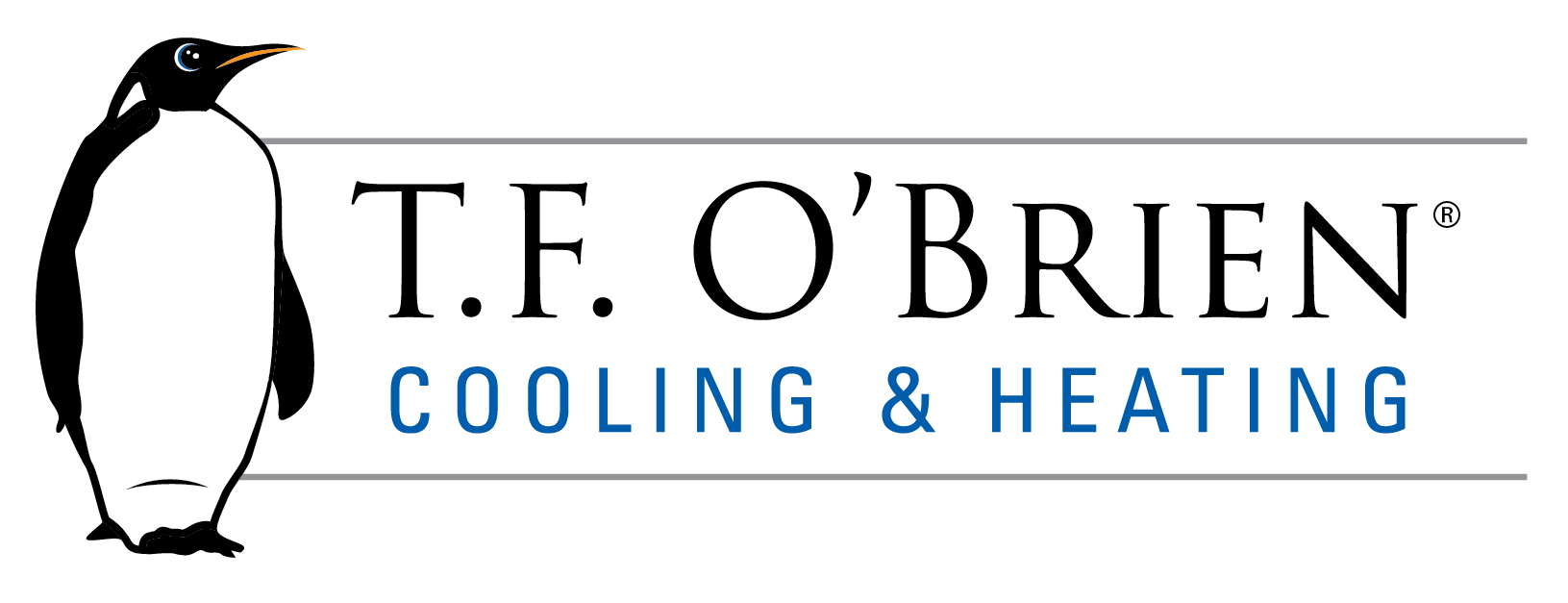Improve Your Home’s Comfort and Health With an Air Purifier System
Updating or adding a new heating system is a smart move. After the brutal winter we have had in the New York area, installation of a high efficiency heating system can prepare us for next winter and get us ready to reap the rewards of better energy savings. Continue reading “New Heating Systems Offer The Perfect Opportunity to Add an Air Purifier”
